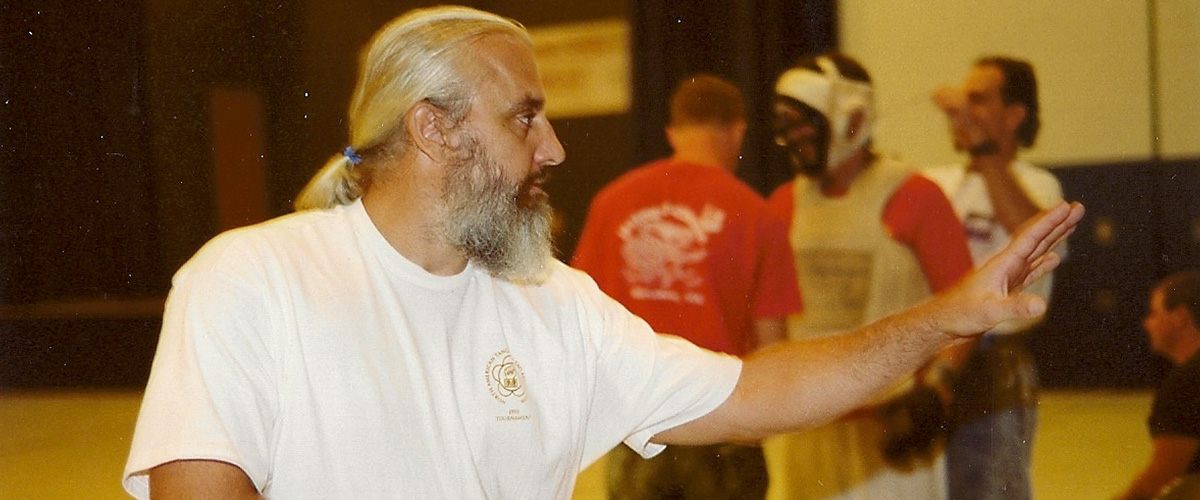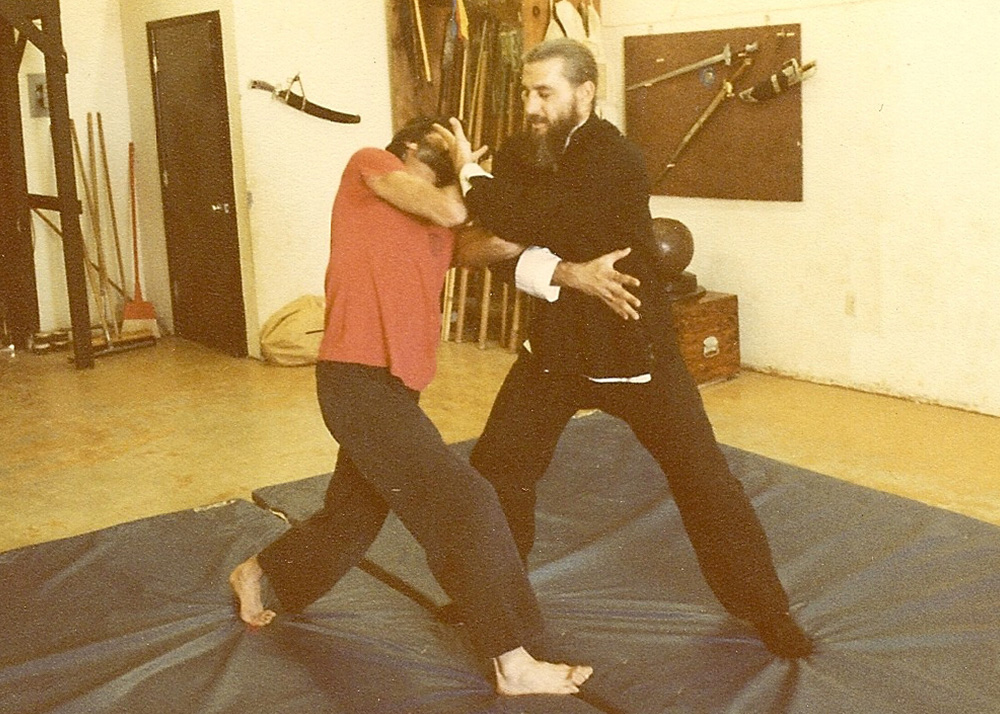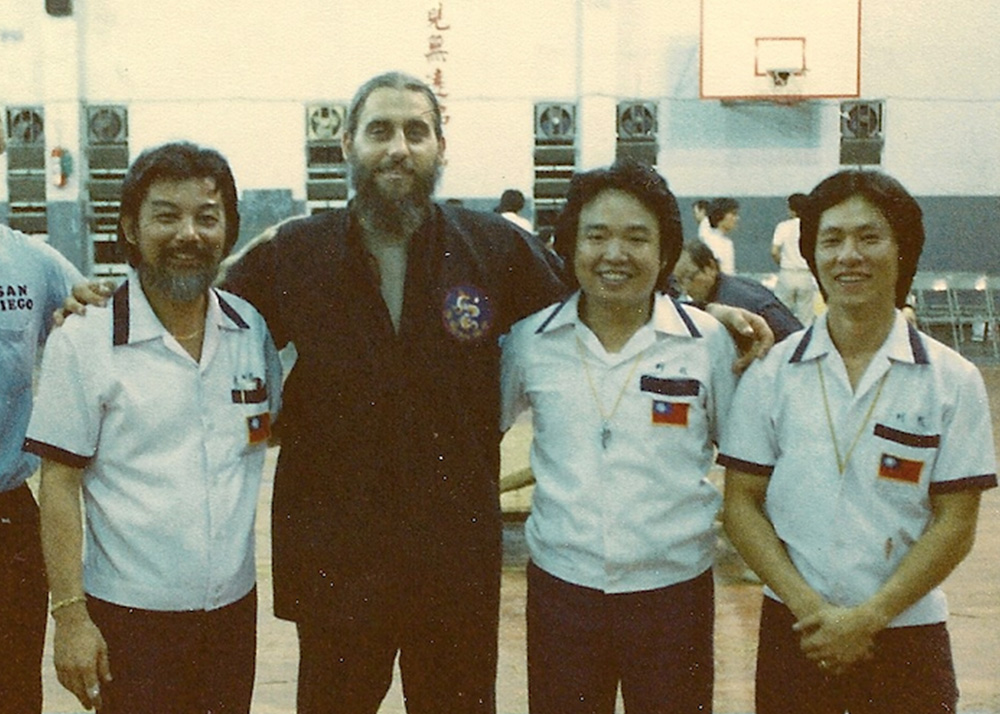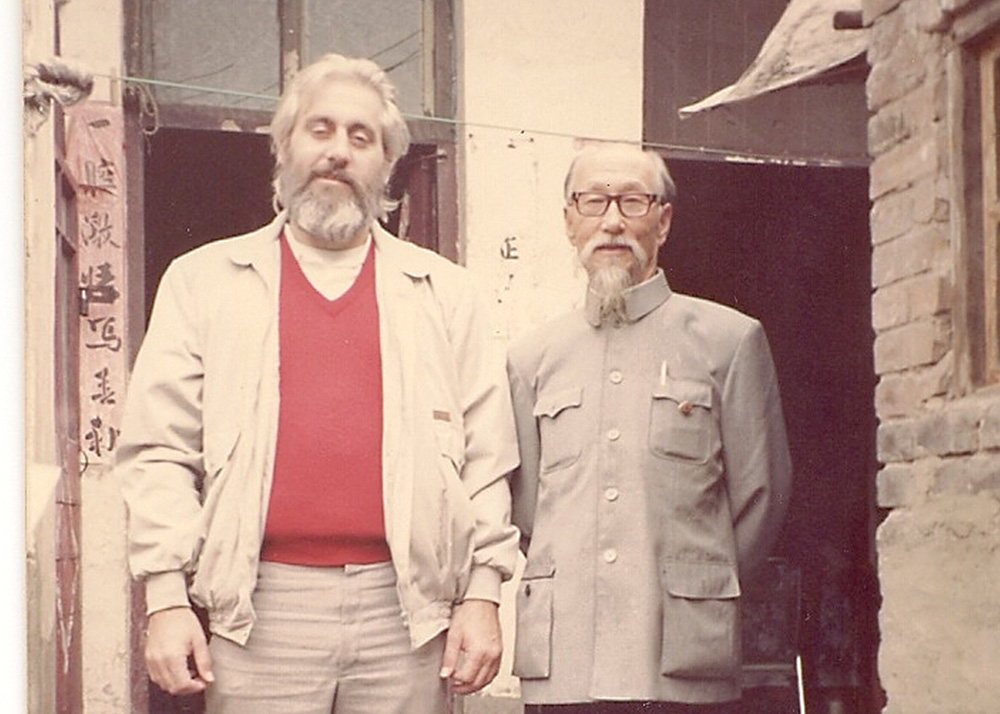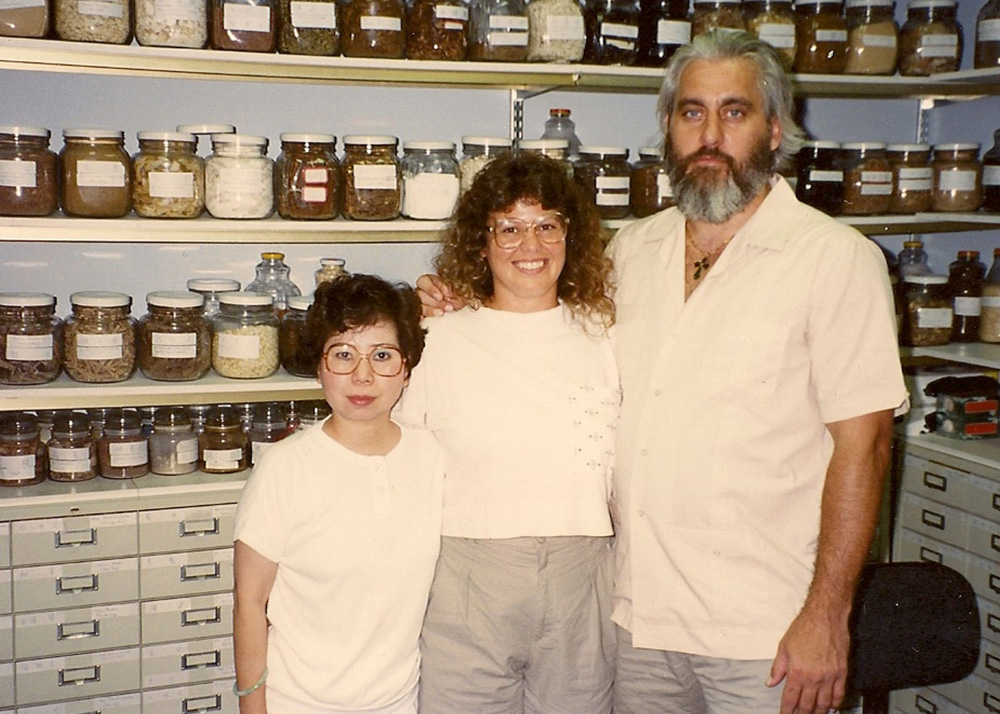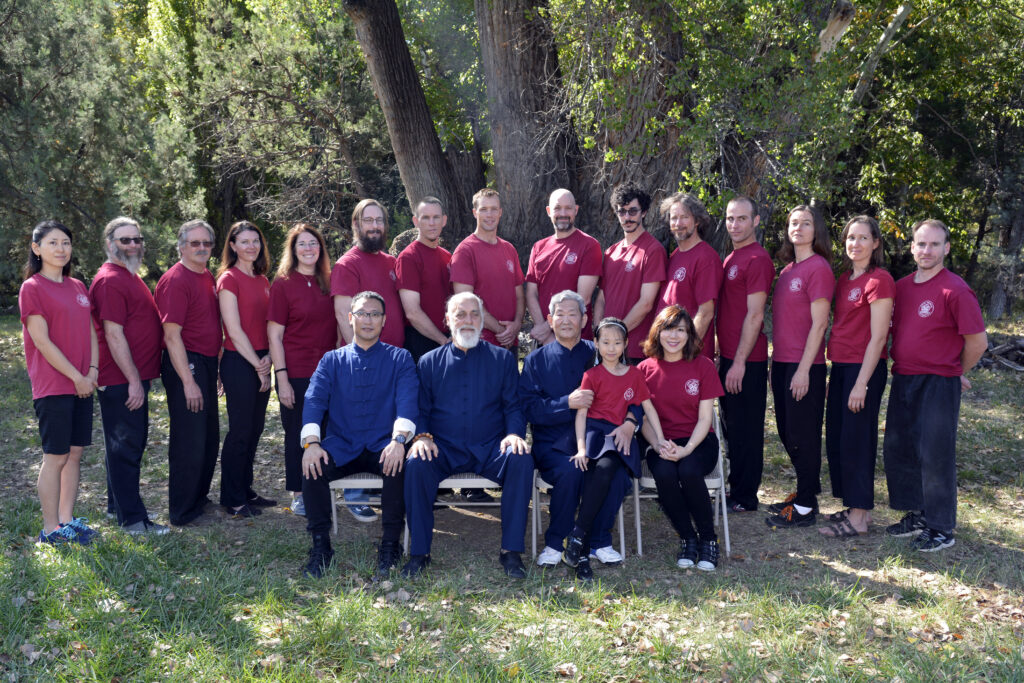Vince Black
Vince Black began his journey in the martial arts in the mid 1960s with kajukenbo instructor Jay LaBistre in Yuma, Arizona. During a visit to the Los Angeles area in 1973, he met his first xingyi quan instructor, Master Hsu Hong-Chi.
This first introduction would lead to a ten-year relationship with Master Hsu. Mr. Black studied with Master Hsu when he came to California, hosted Master Hsu at his school in Yuma, and went to Taiwan on numerous occasions, including a trip in 1980 when he won the super heavyweight division of the Cheng Chung Cup Invitational Tournament.
In addition to teaching xingyi quan, Master Hsu also taught Chinese medical theory according to the classics, tuina, bone-setting, and herbal applications for acute injuries. In 1985, Mr. Black received his Diplomat in Acupuncture with the National Certification of Acupuncturists, and in 1986, received his Doctor of Oriental Medicine degree from California Acupuncture College in San Diego. After Master Hsu’s death in 1984, and following his advice, Vince Black continued to seek out other instructors in the Chinese internal arts by traveling throughout mainland China.
Mr. Black undertook numerous trips to China throughout the 1980s and 1990s, studying under several renowned instructors–Li Ziming, Li Guichang, and Wang Shitong–and making friends with countless luminaries of the internal arts world, including Xie Peiqi, Zhang Baoyang, Liu Wanfu, Liang Kequan, Wang Shusheng, and others. Simultaneously, he sought out and learned from extraordinary martial and medical practitioners in other regions, including Sijo Adriano Emperado, Filemon Momoy Cañete, and John Upledger.
He passed on all of the material he learned throughout his many years of continual research and practice to his students within the North American Tang Shou Tao Association. It is now in their hands to carry on his remarkable legacy, and ensure that these treasures of martial and medical knowledge continue to be available to future generations.

